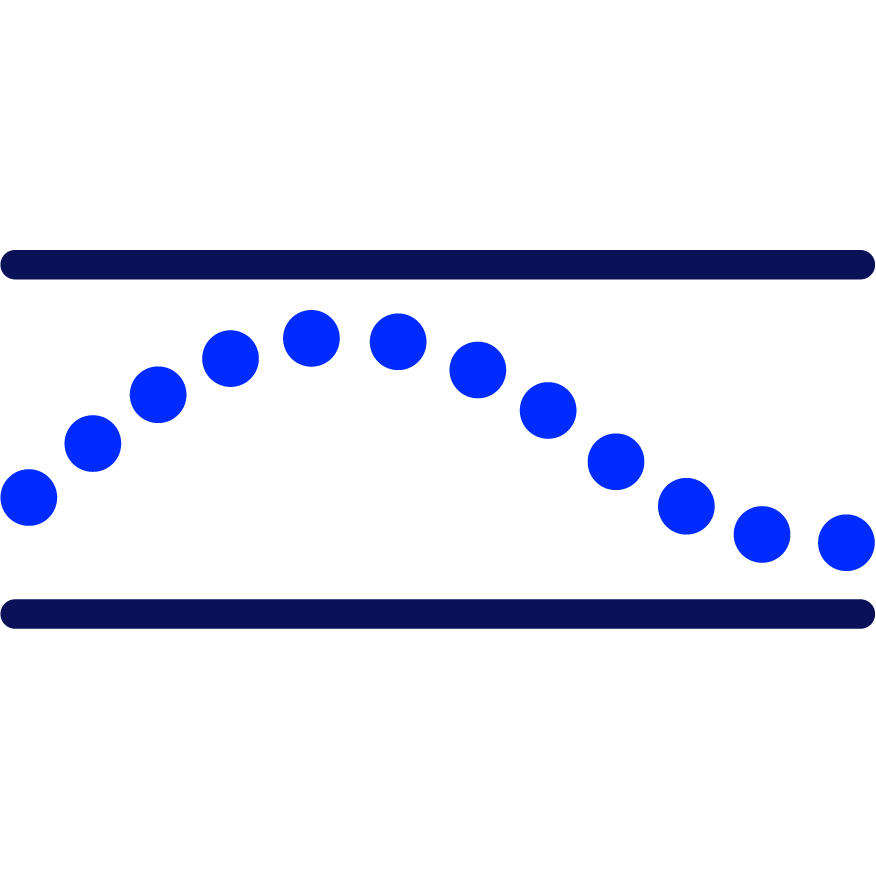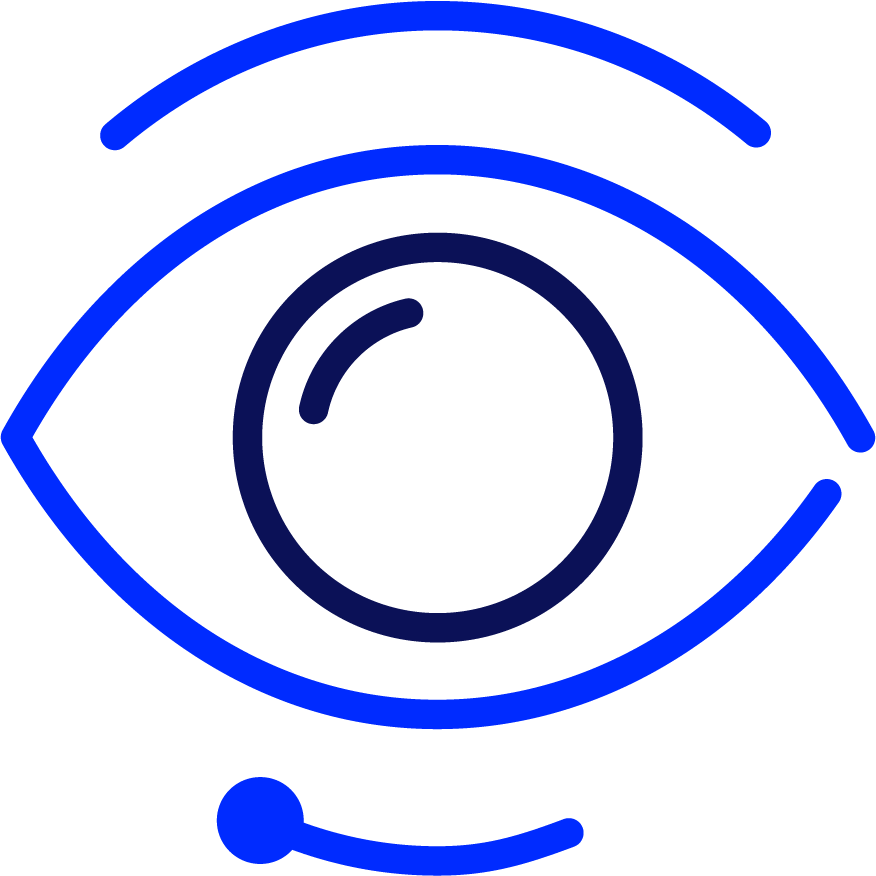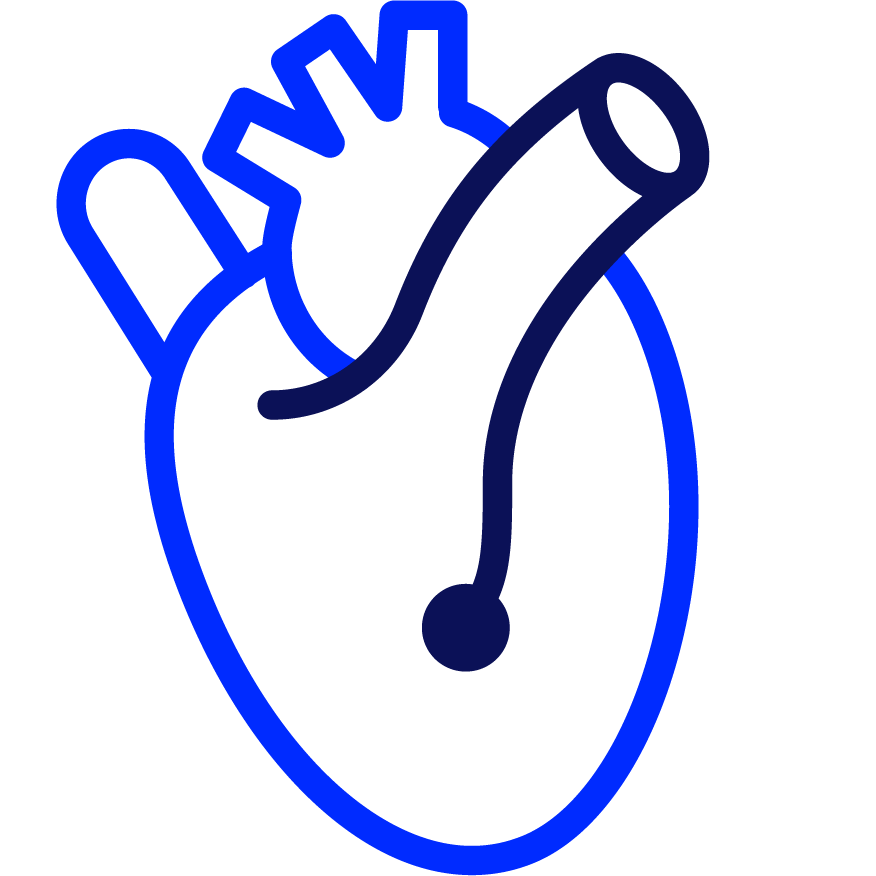Eye disease
For people living with type 1 diabetes, eye disease is a troubling reality.
Over 40 percent of people living with type 1 diabetes (T1D) develop diabetic eye disease, sometimes resulting in blindness. But early detection and timely, appropriate treatment can reduce the risk of blindness by over 95 percent.
How T1D affects eye health
The retina is a thin layer of specialized nerve tissue on the back wall of the eye. It converts light into electric signals that are transmitted to the brain where the images we “see” are generated. The center of the retina, called the macula, is responsible for the sharp clear vision needed for reading and other daily tasks. Abnormal leaking from blood vessels damaged by diabetes can lead to swelling of the macula and vision loss.
Diabetes can also cause direct damage to nerve cells of the eye, including cells in the periphery of the retina. These changes stimulate the development of abnormal blood vessels, which are fragile and can bleed and further destroy the nerve tissue around them, scarring the retina and putting people at high risk for low vision and blindness. High levels of blood sugar, as in diabetes, damage the blood vessels and exacerbate the process.
Types of eye disease
Diabetic Retinopathy
Diabetic retinopathy (DR) is one of the most common complications of T1D. DR is a progressive condition, often the result of chronic high blood-sugar levels, which can damage the blood vessels in the retina of the eye and cause excess blood vessel growth. In advanced stages, contracting scar tissue may cause the retina to detach, which can lead to permanent vision loss.
Diabetic Macular Edema
Diabetic macular edema (DME) is a common, but not the only, consequence of diabetic retinopathy. DME is the buildup of fluid at the back of the eye near the center of the retina (called the macula). The fluid causes the macula to swell and thicken, negatively affecting vision.
Treatments for eye disease
There are now many effective therapies for diabetic eye disease, many of which were made possible by Breakthrough T1D-funded research. Treatments for diabetic retinopathy and diabetic macular edema include:
Vascular endothelial growth factor (VEGF) is a protein whose function is to promote the growth of new blood vessels. In people with diabetic retinopathy, VEGF becomes overactive, and the new, fragile blood vessels can rupture and leak fluid. Breakthrough T1D played a critical part in clinical studies that led to the approval of two therapies—Lucentis® (ranibizumab) and Eylea® (aflibercept)—that inhibit VEGF and allow healthy regrowth of damaged blood vessels in the eyes
A laser treatment that heals a damaged retina in someone with vision loss. It is not yet able, however, to restore full eyesight.
Doses of an anti-inflammatory drug that protect blood vessels in the eye. Yet some people with T1D still develop other eye diseases such as glaucoma and cataracts.
Preventing eye disease

Keep your blood-sugar in range

Schedule annual eye exams with a retinal specialist

Manage blood pressure and cholesterol

Consult your doctor about early treatment options for preventive measures

Ensuring eye complications research continues, accelerating cures for low vision and blindness, and prevention treatments for diabetic eye disease is important to Breakthrough T1D and our T1D community.
Breakthrough T1D is supporting additional research to find new ways to prevent the development of diabetic eye disease, stop its progression to preserve visual function, and restore lost vision through the Mary Tyler Moore Vision Initiative, a special initiative of the Mary Tyler Moore and S. Robert Levine, MD, Charitable Foundation and Breakthrough T1D, to honor Mary’s contributions to diabetes awareness and research.
More complications guidance
Cardiovascular disease (CVD) is a long-term complication of T1D. CVD includes coronary heart disease, cerebrovascular disease, and peripheral artery disease.
Nearly one out of three people with T1D develop kidney disease. Fortunately, most people with T1D and kidney disease don’t end up with kidney failure.
Improving quality of life
Breakthrough T1D is tackling the complications of T1D, including eye, kidney, and heart disease—where we have the opportunity to make short- and long-term impacts on people’s lives—strategically investing in developing treatments that can improve outcomes of T1D.